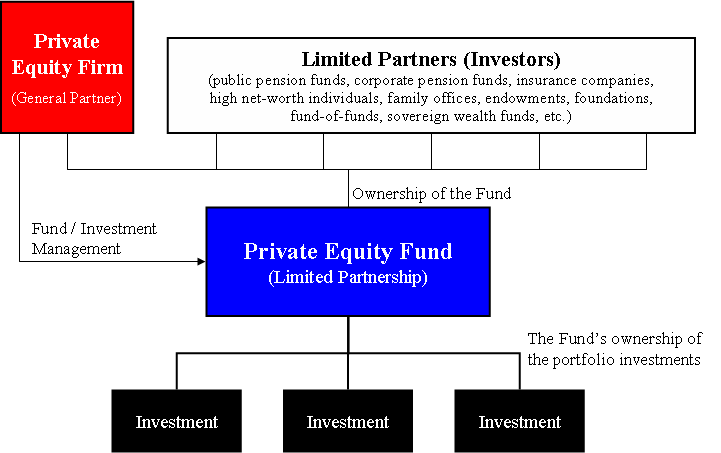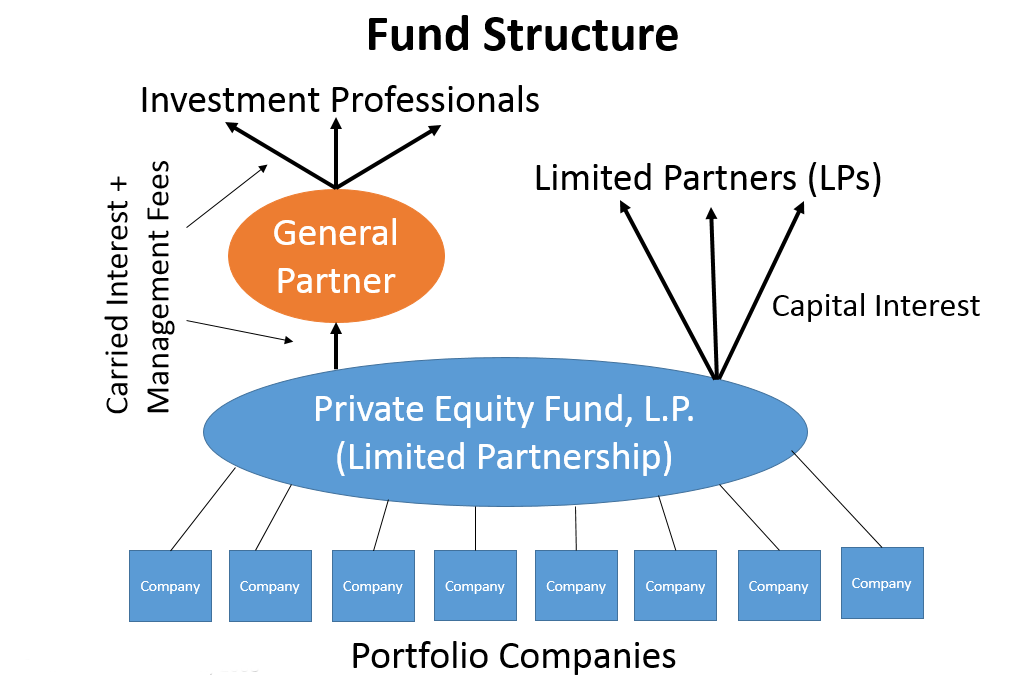Investing in real estate has long been a popular strategy for wealth accumulation, and with the rise of private equity real estate funds, investors now have even more opportunities to tap into this lucrative market. Private equity real estate investments offer unique advantages and potential returns that go beyond traditional property ownership.
In this article, we will delve into the world of private equity real estate funds, exploring their benefits, different investment types, returns, considerations, case studies, and how you can get started with this exciting investment option.
What is Private Equity Real Estate?
Private equity real estate refers to investing in properties through privately managed funds instead of owning properties individually. These funds pool capital from multiple investors and are managed by professionals specializing in real estate investments.
By investing in private equity real estate funds, investors gain access to a diverse portfolio of properties that may not be available otherwise.
One advantage of private equity real estate is the potential for higher risk-adjusted returns compared to passive strategies like publicly traded REITs or direct property ownership. Fund managers focus on long-term value creation through active management, optimizing property performance for higher returns.
Investing in private equity real estate also provides diversification benefits as these funds invest across various property types, mitigating risks associated with individual properties or sectors and improving overall portfolio stability.
Additionally, private equity real estate offers access to exclusive deals and opportunities typically reserved for institutional investors or high-net-worth individuals. This allows smaller investors to benefit from professional expertise while gaining exposure to a wider range of investment options.
In summary, private equity real estate presents an attractive opportunity for diversification, potentially higher returns, and access to exclusive deals within the real estate market. Investors can tap into professionally managed funds, gain exposure to a diverse portfolio of properties, and benefit from the expertise of fund managers.
Types of Private Equity Real Estate Investments
Private equity real estate investments can be categorized into three main types: core investments, value-add investments, and opportunistic investments.
Core investments prioritize stable income-generating properties in prime locations with long-term lease agreements. They offer lower risk but limited capital appreciation potential compared to other investment types.
Value-add investments involve acquiring underperforming properties and implementing strategies such as renovations or repositioning to increase property value. These investments carry higher risks but also offer the potential for significant capital appreciation and increased rental income.
Opportunistic investments target distressed properties or markets and require expertise in identifying undervalued opportunities. While they come with the highest level of risk, successful execution can lead to substantial returns through capital appreciation when the market recovers.
By understanding these different types of private equity real estate investments, investors can make informed decisions based on their objectives and risk tolerance.
Private Equity Real Estate Returns
Understanding the potential returns from private equity real estate investments is crucial for investors. Private equity real estate refers to investing in non-publicly traded properties like commercial buildings or residential complexes.
These investments aim to generate higher returns through active management strategies, increasing rental income and property value.
Private equity real estate returns come from rental income and capital appreciation. Rental income provides a steady revenue stream, while property value can increase over time due to market conditions or strategic improvements by fund managers.
These investments typically have a longer holding period and require a commitment of capital for several years.
To evaluate performance, metrics like internal rate of return (IRR) and cash-on-cash return (CCR) are used. IRR measures profitability by calculating the annualized rate of return, while CCR evaluates cash flow relative to the invested capital.
[lyte id=’cfEhiD5UBkc’]


